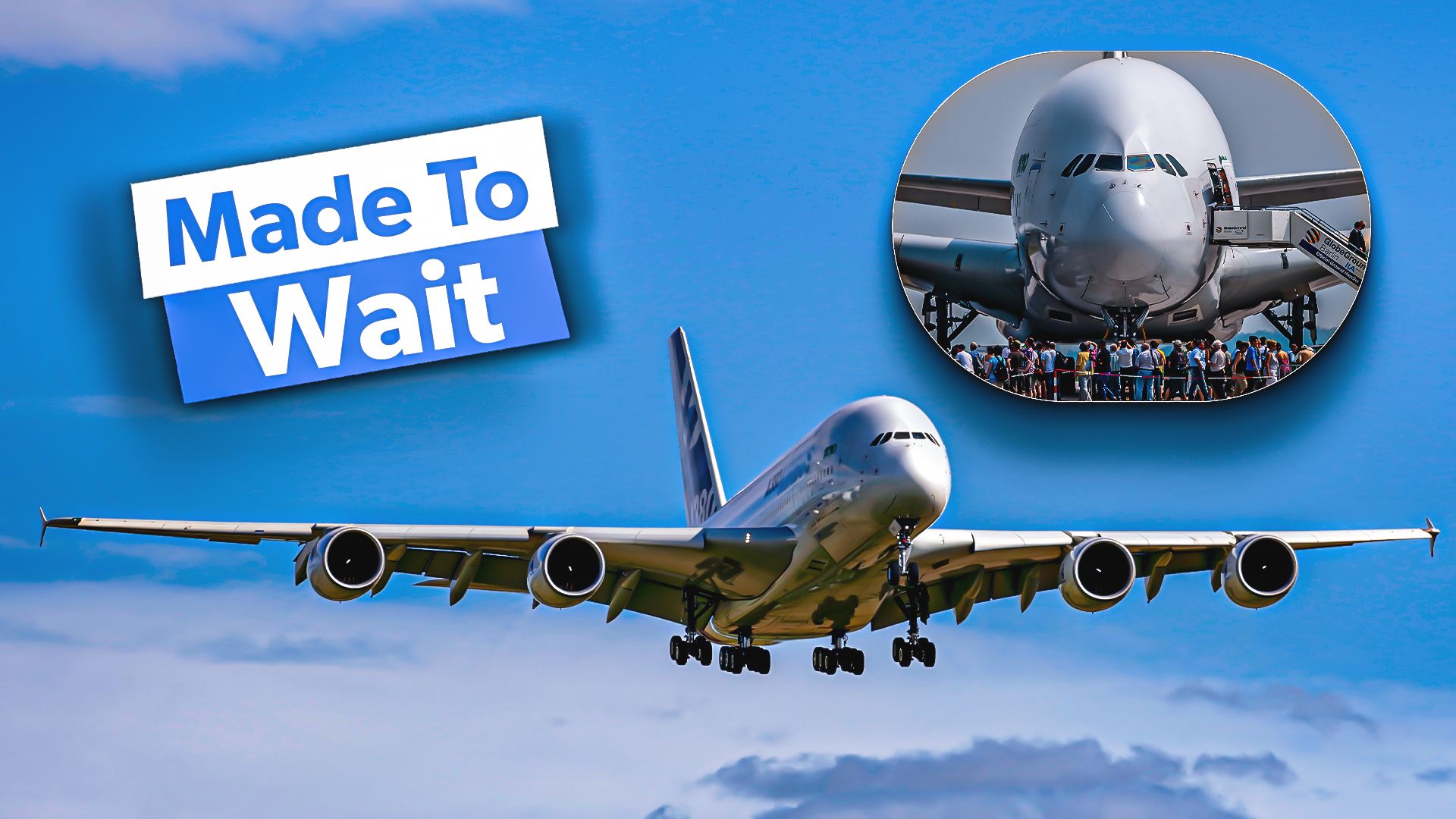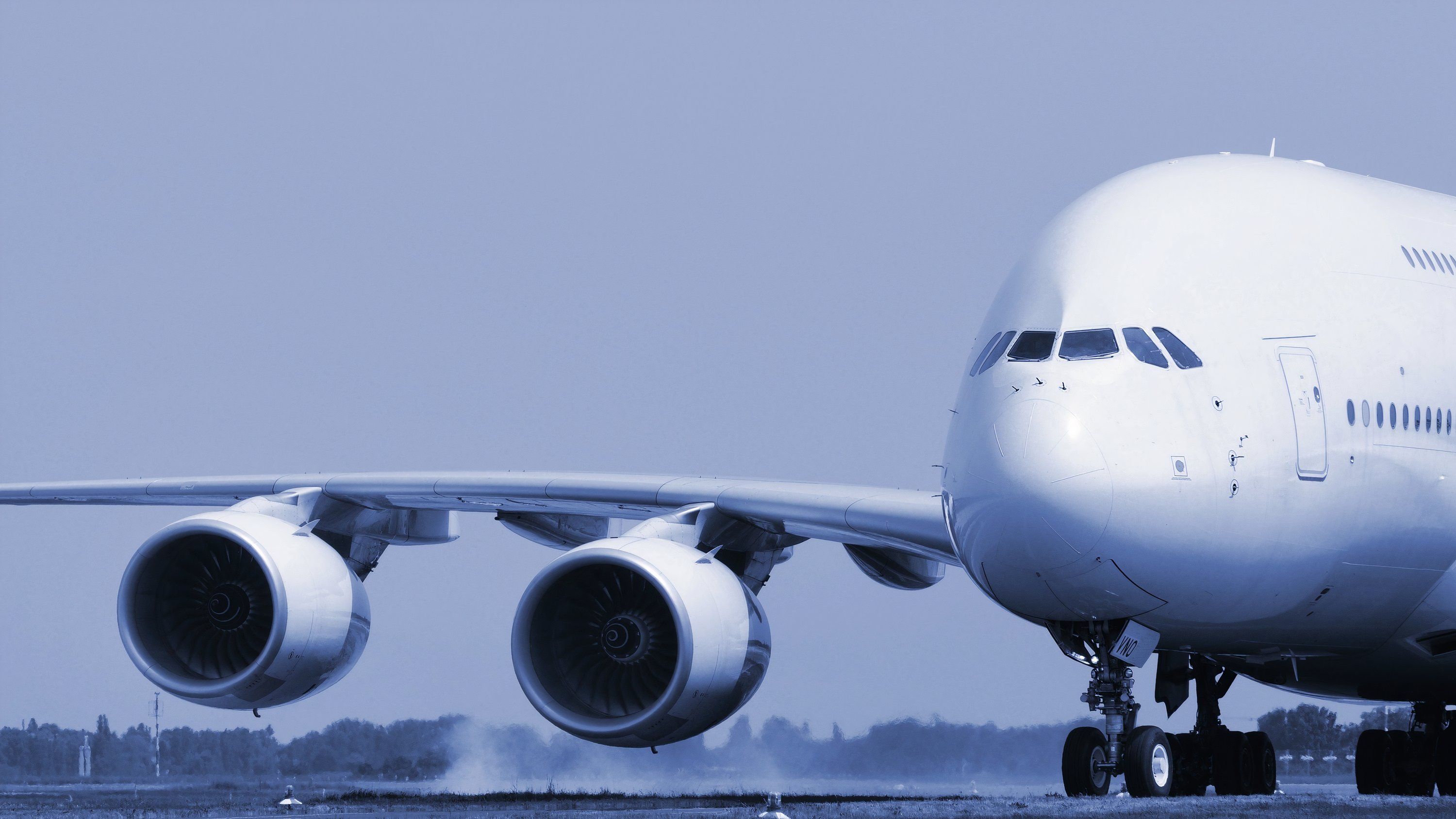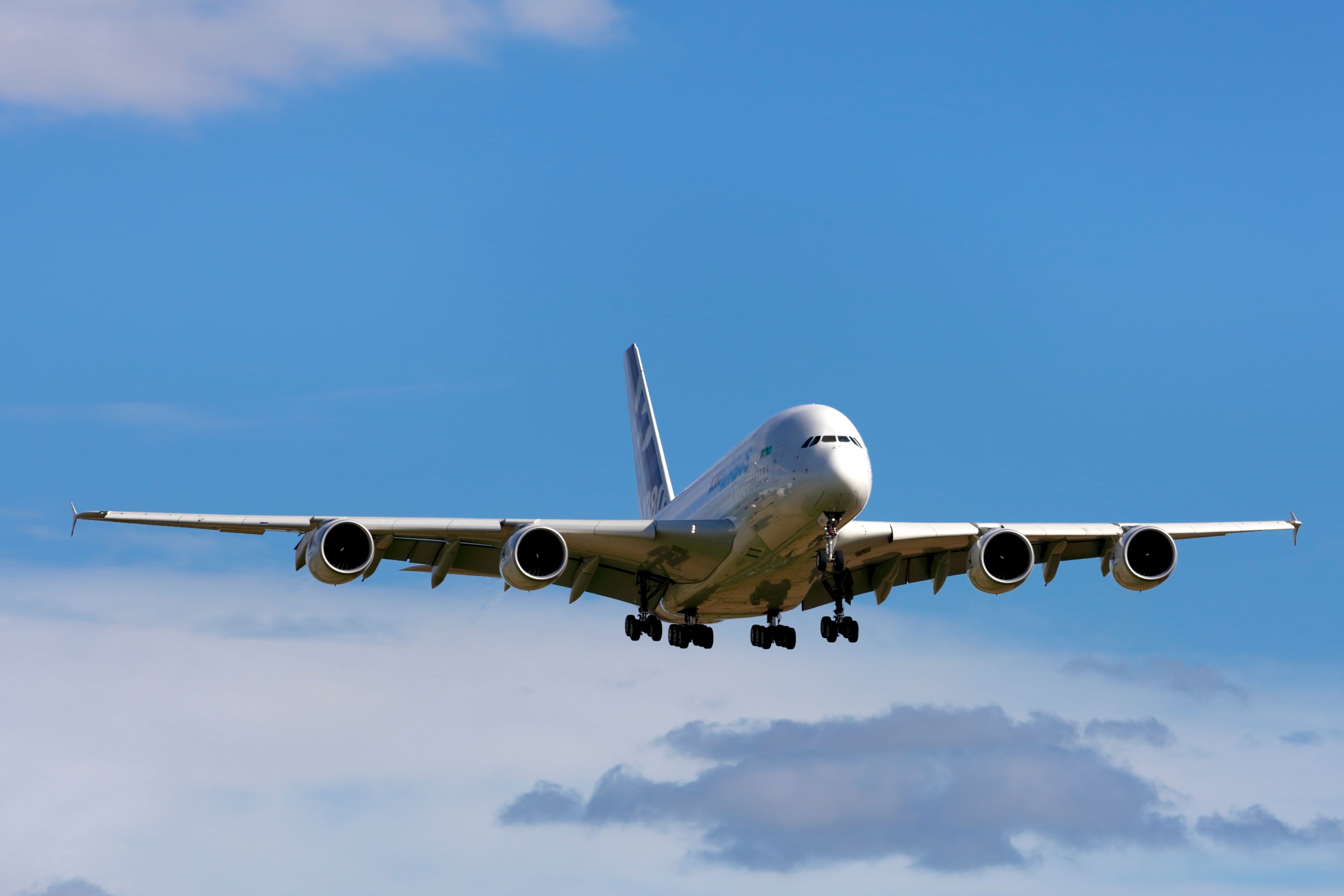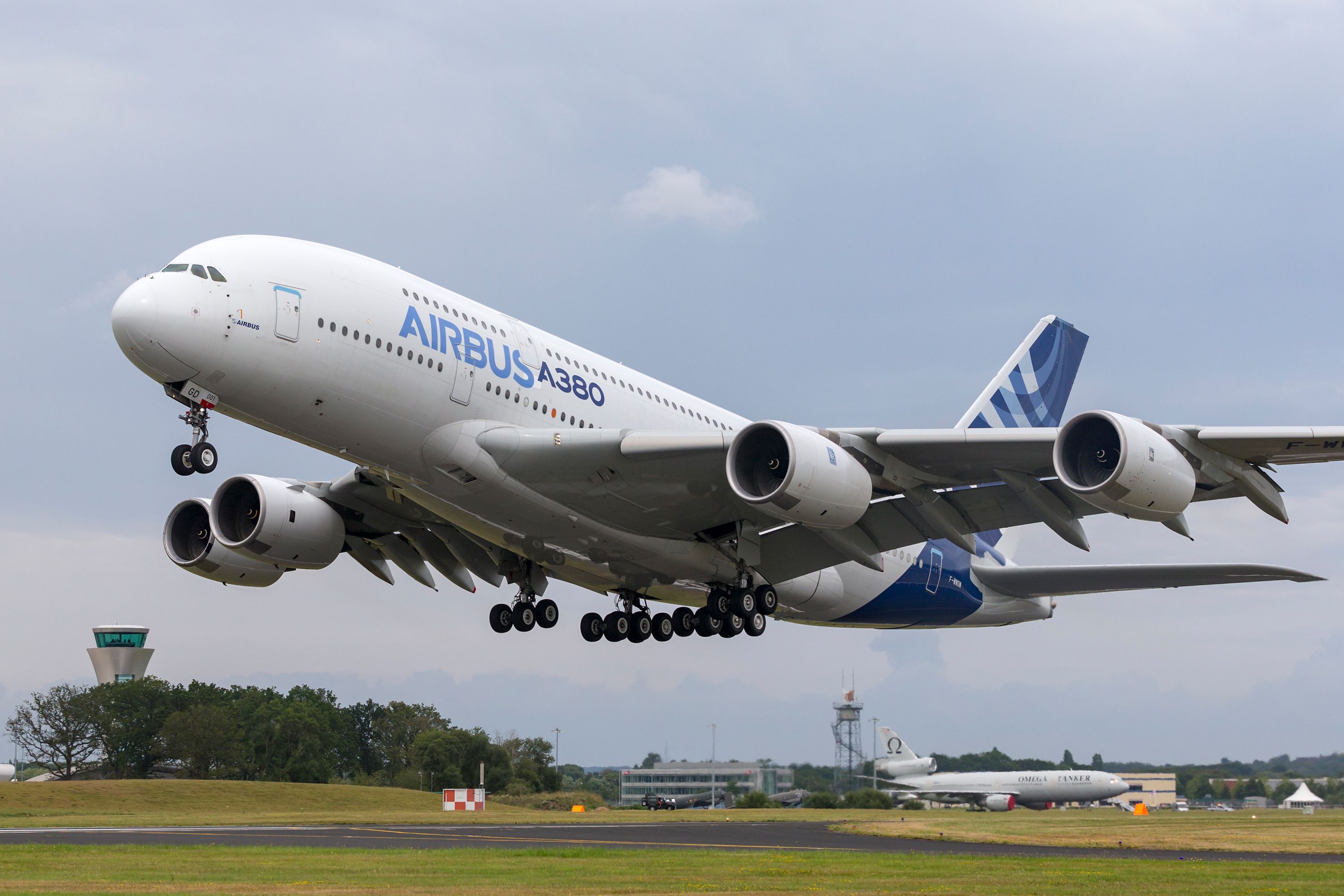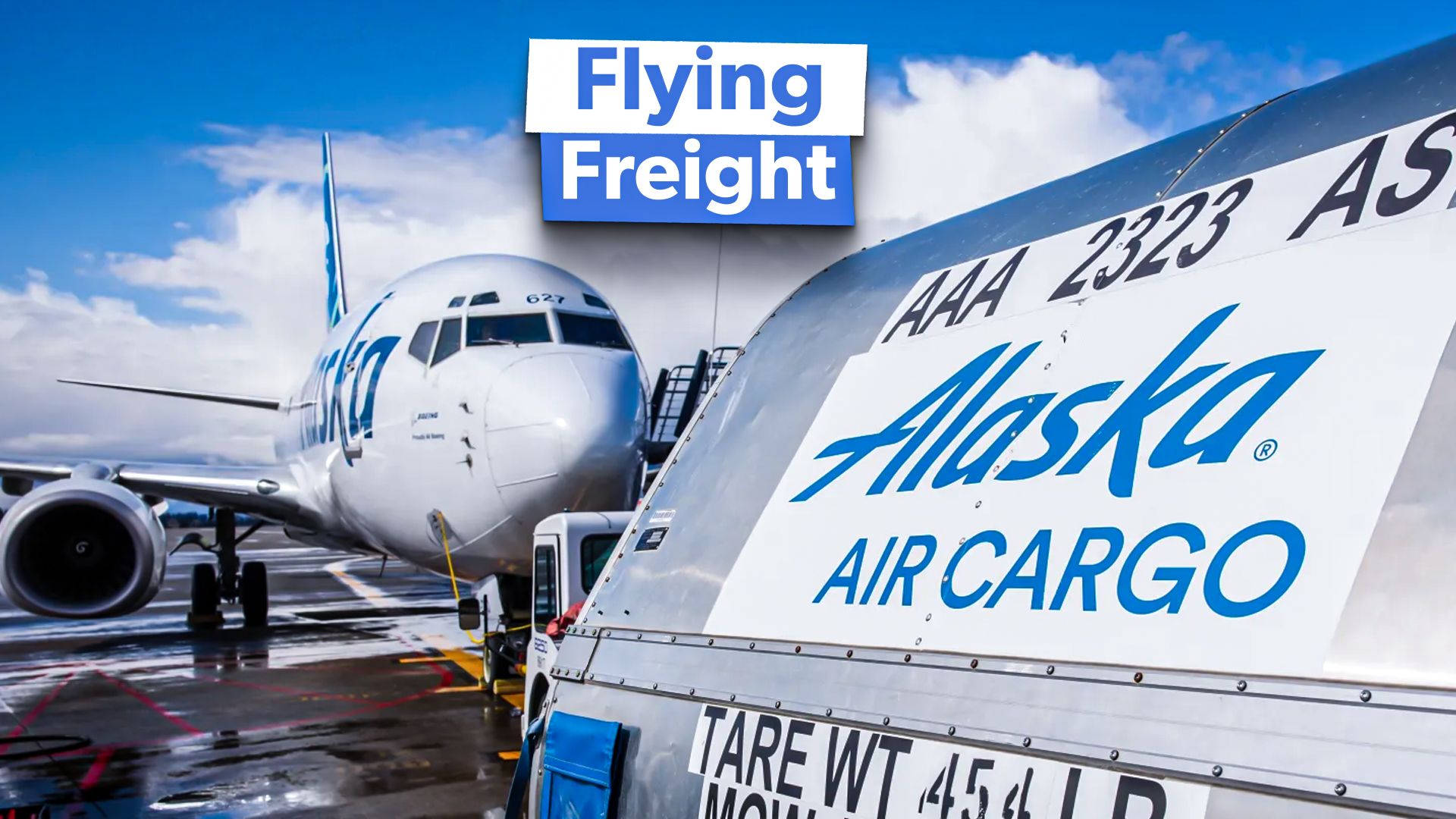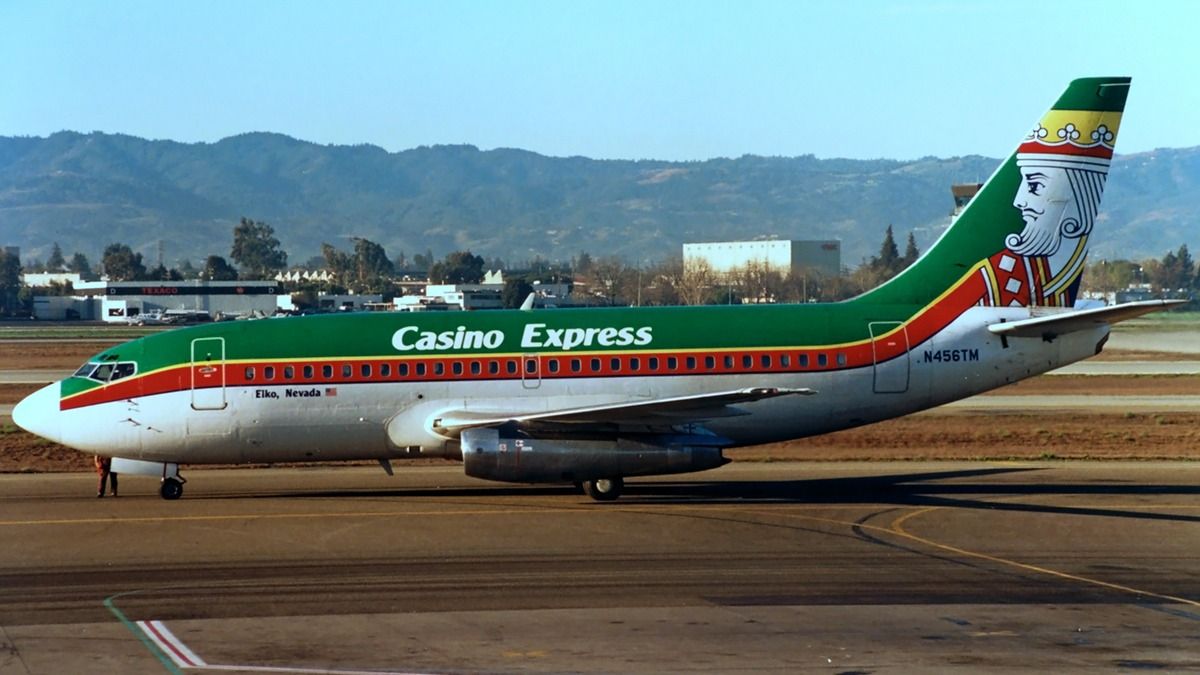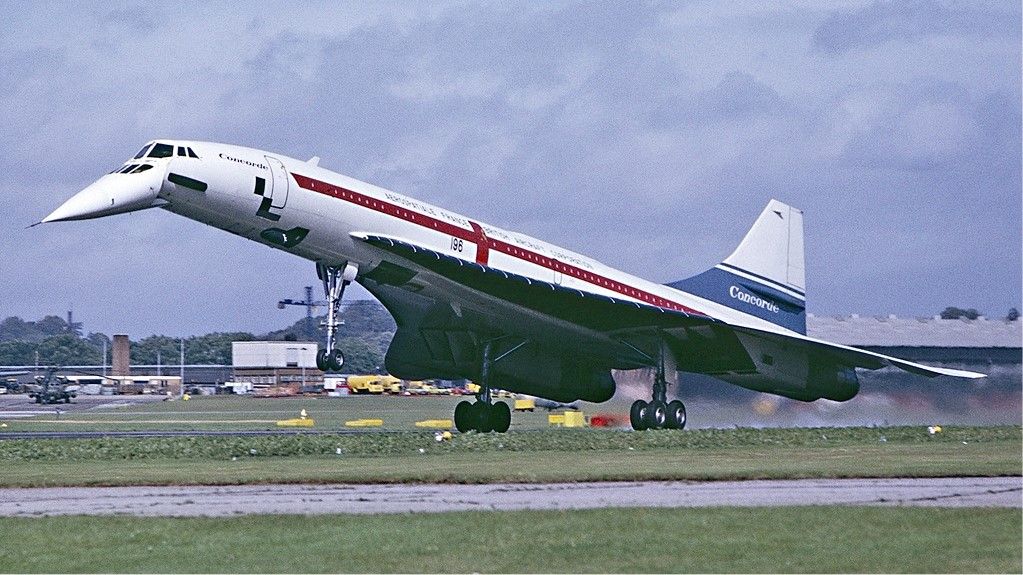Summary
- Initial production delays were due to wiring problems caused by complex cabin wiring and customizations.
- Underlying software issues stemmed from difficulties in adapting to French design software.
- Delays in development led to billions in losses, jeopardized orders from major airlines, and raised concerns about Airbus’ management.
The
Airbus A380
is the biggest commercial passenger aircraft ever made. This giant of an aircraft, which leaves pilots “in awe of its immense size and that they ever manage to get off of the ground,” was expected to change the landscape of aviation forever, as it could (potentially) accommodate more than 850 passengers. This aircraft, conceived in the 1990s, was to be Airbus’ riposte to Boeing’s 747 in the long-haul market.
However, the development of the aircraft took more than a decade and a half, around four years longer than expected. Orders for the aircraft weren’t as enthusiastic as Airbus had hoped, and the production of the A380 ended in 2019. The production costs of the aircraft hadn’t been recouped by this time, and this aircraft, which was expected to change the face of commercial aircraft, went without any orders in the US.
Photo: Cyril Hou | Shutterstock
Initial production delays due to a wiring problem
In 2004, Toulouse welcomed sections of fuselage for the A380 from the production facilities in Europe. Hundreds of German engineers and mechanics arrived in this city that houses “the final assembly lines for Airbus’s most essential aircraft families” to lay around 500 kilometers of electrical wiring on the aircraft. However, after spending weeks weaving through the electrical wiring, the engineers and mechanics realized that the wiring was too short. A final assembly mechanic from Airbus commented:
“The wiring wasn’t following the expected routing through the fuselage, so when we got to the end, they weren’t long enough to meet up with the connectors on the next section.”
Photo: vaalaa | Shutterstock
Some of the reasons that the Airbus A380 bumped into wiring problems include:
- 98,000 wires and 40,000 connectors made the cabin wiring complex.
- “Modifications to electrical systems and structure following feedback from bench-testing”
- Each airline wanted a high degree of customization.
One of the interviewees in research about the Airbus situation commented:
“…our engineering colleagues diligently kept on modifying, and on the other side the colleagues in the production hall started to produce. If you have one aircraft that you are working on, that’s one story. But if you have six or eight aircraft in the final assembly line and you are in a continuous change process, it can easily get out of control.”
The underlying software issues
Besides Toulouse, Airbus’ most important facilities lie in Mobile Aeroplex, Alabama; Hamburg, Germany; Getafe, Spain; and Tianjin, China. Airbus engineers in France have used CATIA and CIRCE for three-dimensional computer modeling since the 1990s. The German engineers, on the other hand, were adept at using Computervision, a design software developed by a US company.
Photo: Andrew Harker | Shutterstock
Dr. Omar Memon reported for Simple Flying that persuading the German and Spanish engineers to use CATIA and CIRCE might have led to the miscalculation of the wiring on the A380:
“At the onset of the A380 program, the program head persuaded the German and Spanish design teams to adapt to the French software for the A380… German engineers thought that French practices were being imposed on them… The management at Toulouse blamed its German counterpart for miscalculating electrical wiring. In reality, the failure to transfer the design files between various Airbus production facilities led to discrepancies in electrical wires.”
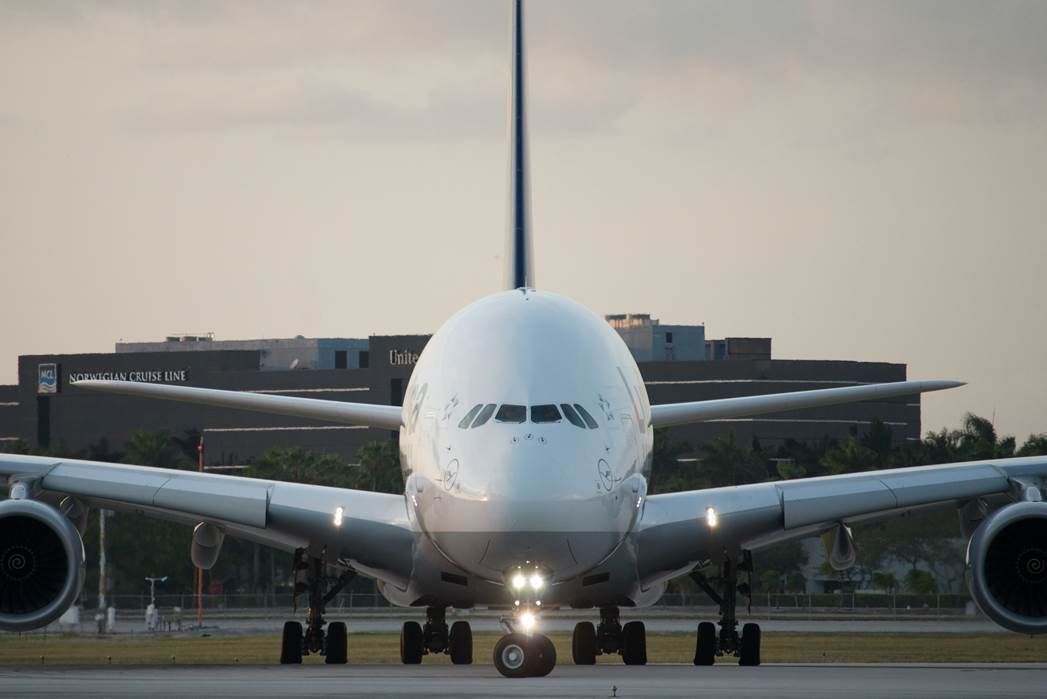
Related
How Computer Design Software Delayed The Airbus A380
Some of the reasons why the software problems couldn’t be solved in time include:
- To solve the software issues, German engineers developed file conversion tools but “the German unit was not able to feed its design data for the cable harnesses into the database of the A380 digital mock-up.”
- As Airbus had focused primarily on on-time delivery to customers, “quality gates were ignored or postponed, especially in the early phases of the process”
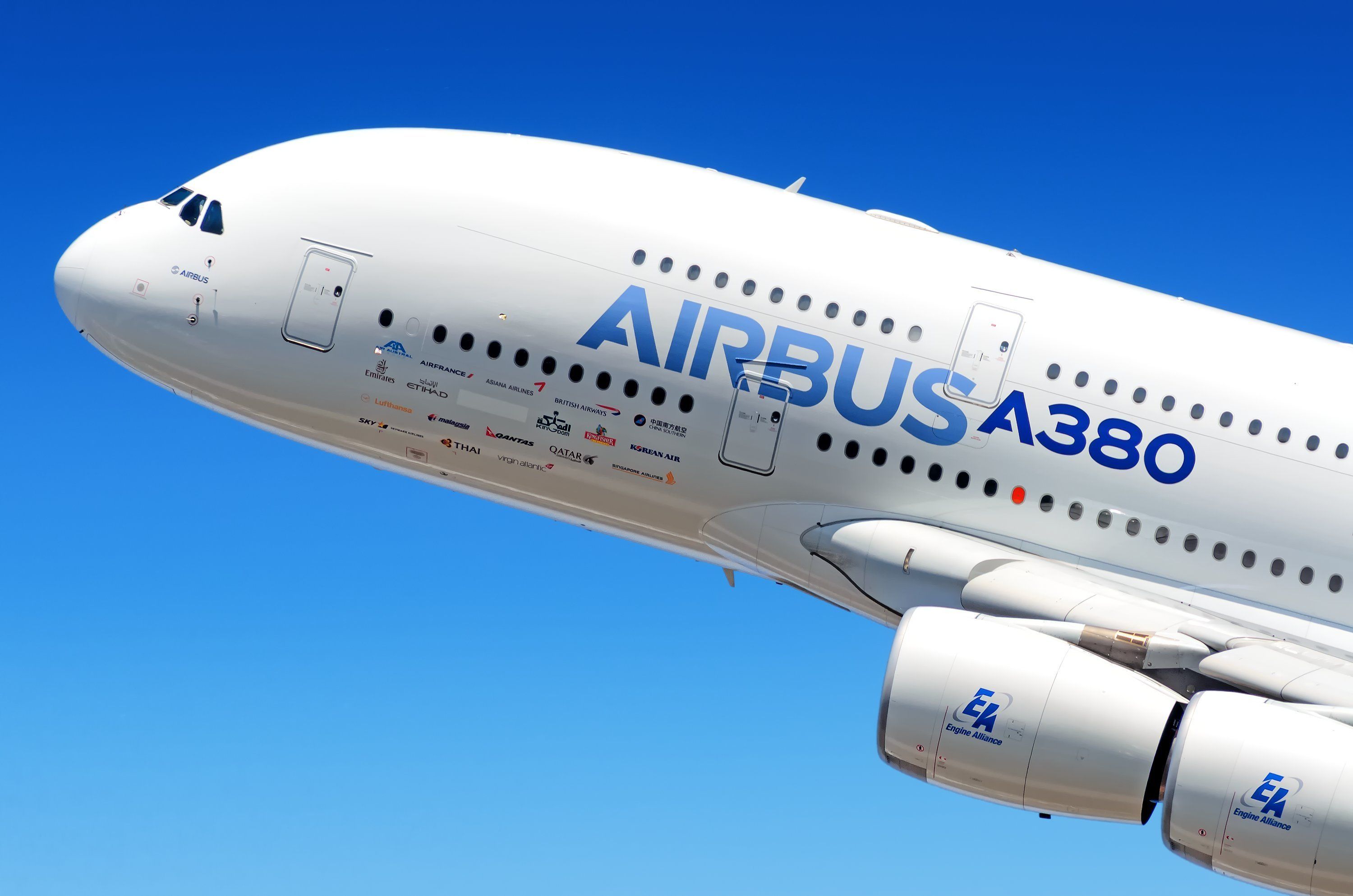
Related
Airbus Says The Return Of The A380’s Production Is Not Ruled Out
The chances of the A380 comeback are still very low.
How the delays affected Airbus A380 orders and led to billion-dollar losses
Airbus first publicly announced the production delay a month after the A380’s maiden flight. A year later, another delay of six to seven months was announced. Following the delays, the shares of this multinational aerospace corporation based in Europe plummeted in 2006. These delays led to a nearly $7 billion (€5.5 billion) loss for Airbus. Critics also wondered if the company’s management and strategy were efficient.
Photo: Ryan Fletcher | Shutterstock
Following the delay, the current largest operator of the A380 – Emirates – announced that it was reconsidering its orders for the A380. Singapore Airlines, which was to later become the first operator of A380s, along with Qantas, sought compensation for the delays. NBC News reported that “Malaysia Airlines also was reviewing the terms of its agreement with Airbus to buy six A380s.”

